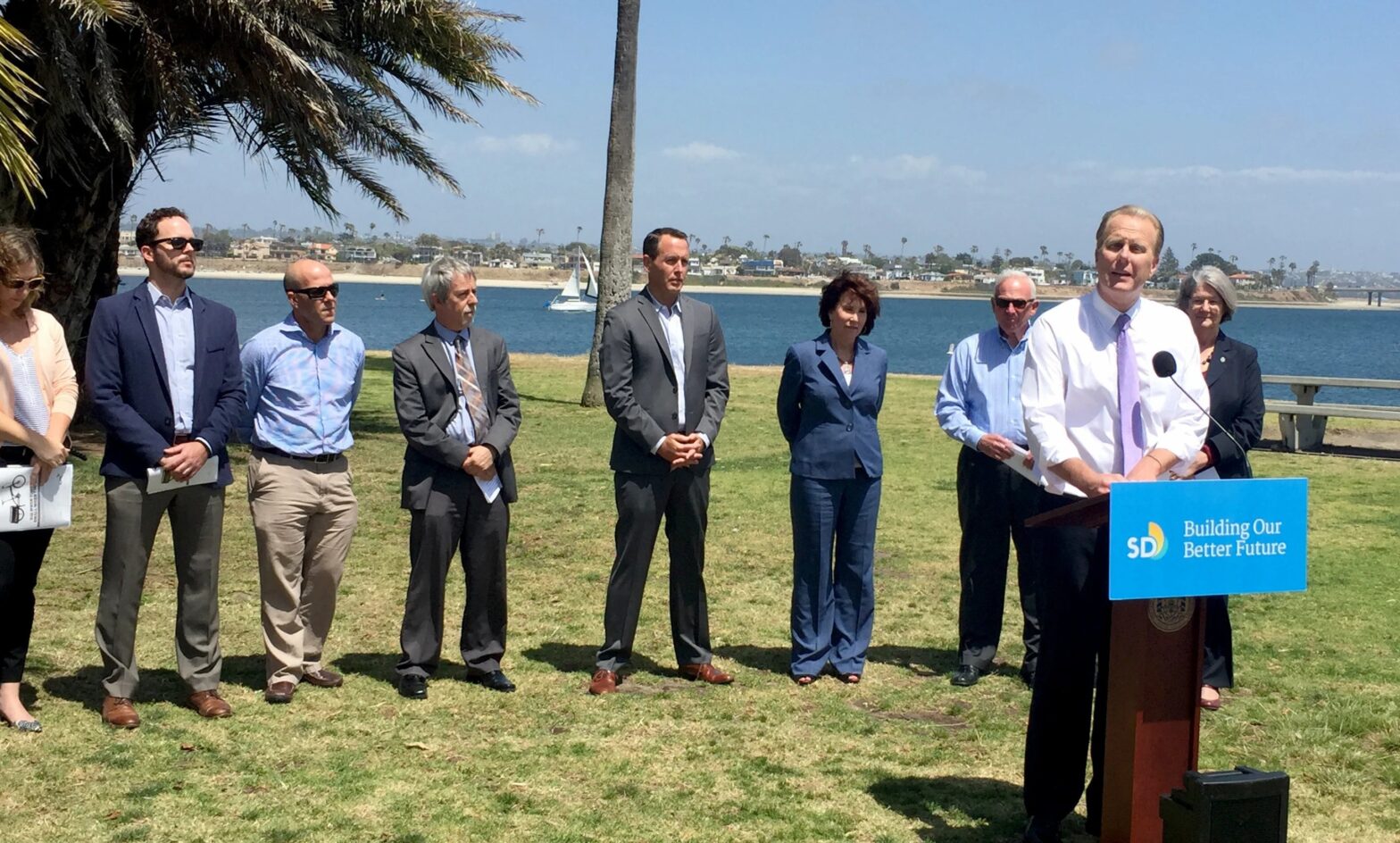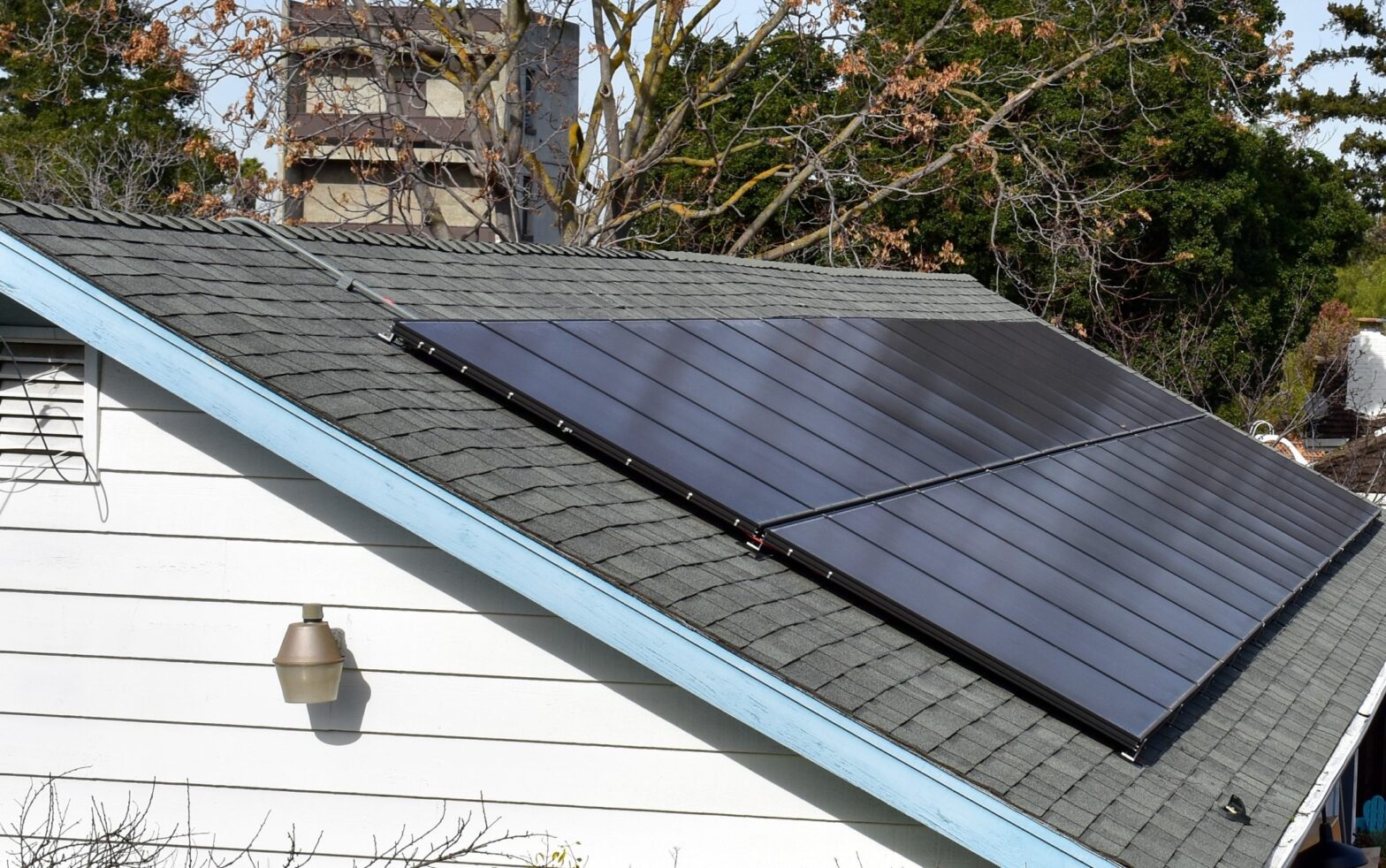8 Community Choice Aggregators Join Forces to Purchase Power Through California Community Power
Community choice aggregators (CCAs) in Northern and Central California have joined forces to form a new Joint Powers Authority (JPA). The new JPA will include Central Coast Community Energy, MCE, East Bay Community Energy, San Jose Clean Energy, Redwood Coast Energy Authority, Sonoma Clean Power, Peninsula Clean Energy, and Silicon Valley Clean Energy. According to the group, CleanPowerSF and San Francisco’s CCA are seeking membership.
What is Community Choice Aggregation?
Well, let’s have a quick look at the video below:
The JPA makes it possible for the 8 Community choice aggregators to join their buying power to procure large-scale, cost-effective, and clean energy to meet the climate goals at the local and state levels. The combined buying power will also offer cost-effective programs and services.
Community choice aggregators have become a major player in the electricity markets in California. The CCAs are tasked with supplying electricity from the state’s investor-owned facilities to millions of customers. As the 8 CCAs come together, their goal is to buy large amounts of clean energy to advance climate goals.
The new group that forms California Community Power serves about 2.6 million customer accounts. In total, the CCAs serve an annual load of 32 600 GWh, which is about 40% of what the Northern California utility Pacific Gas & Electric serves.
According to a senior solar analyst at Wood Mackenzie, Colin Smith, this makes the joint buying group one of the biggest purchasers of power in the country. The group also serves about 6.6 million customers in more than 140 municipalities from Humboldt County to Santa Barbara County.
The group will allow different aggregators to collaborate on bigger energy procurements, which they would not have handled separately. This is especially true for smaller and new CCAs who may have difficulty getting financiers for their power projects.
However, joining forces with larger CCAs with investment-grade credit ratings will give them greater leverage, better deals, and confidence from developers. Other benefits of the JPA include increased innovation opportunities, enhanced negotiating power, shared risk mitigation, and greater procurements for renewable and storage.
In October, seven CCAs in the California Community Power and another CCA announced a request for offers for long-duration storage. The long-duration Request for Offers comprises a contract of at least 10 minimum for grid-charged technologies with a minimum discharge period of 8 hours to come online by 2026 or before.
According to the state regulators, the long-duration storage procurement is supposed to meet the clean energy goals of California. The JPA is currently steering that process for its seven members.





